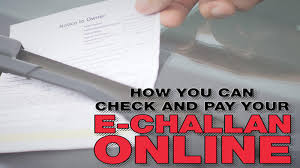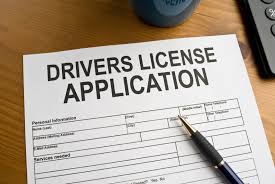Shutting down the PC is key to prevent the files from getting corrupt, and in minimizing damage risks to hard drive. However, unexpected power failures or force shut downs can cause the damage, but one way to avoid such situations of losing data is to have the battery backup via Uninterruptible Power Supply (UPS).
The affordable lower range UPS comes with only 1 USB connection. The USB connection to UPS can tell the battery power left on either using the UPS manufacturer’s software or from the Windows power options for shutting down, until the battery is depleted. That is, only one computer can know the battery level and the auto shutdown of computer, but the rest of the PCs connected to remaining battery protected outlets cannot configure the automatically shutdown.
Here are the three ways on how to use one UPS on multiple computers and automatically shut down all the computers properly, which are connected to this single UPS.
1. Shutter
Shutter is a scheduling utility that lets you perform the actions based on priority of selected events. You can trigger the Battery Low event, when it drops below such specific level. Select the Battery Low and optionally change the percentage if battery level and click on Add. Click the add button from action, select open file and then select choose the batch file to run. Now click Add and go to the start button. If your battery level reaches 5%, Shutter will automatically run, and it will only take few megabytes of memory and nearly zero CPU usage.
2. Battery Delay
BatteryDeley, created with the help of AutoHotkey is a small program that configures in running the custom programs after the battery reaches a certain level. However, it is not much user-friendlier as Battery Delay is not equipped with graphical user interface and the configuration is done by manually editing the BatteryDeley.ini file. BatteryDelay works with a popup image when battery level reaches low level and when external power is unplugged or plugged back in
To run a custom program of BatteryDeley, Open BatteryDeley.ini with your favorite text editor such as Notepad or Notepad++, Edit the alertXpct and alertXcmd values, where PCT act as percentage of battey level and cmd as the path of the custom program to run. Since the BatteryDelay doesn’t have any built-in option to auto start with Windows, create a shortcut of BatteryDeley.exe and place it on your startup tab.
3. Task Scheduler
Task scheduler lets you to enable away mode which actually takes over the sleep mode and use the Task Scheduler to run task, whenever it detects sleep mode. Plus, this task scheduler doesn’t involve the third party software. For activating the Away Mode, install the download (AwayModeEnabled.reg) and run the registry file. So, whenever the PC triggers sleep mode, it will enter the Away Mode. Press WIN + R keys and type taskschd.msc and press Enter. Click on Create Task for a new window with similar name. Title the task, now go to triggers tab and click on new button.
Begin the task: On an event; Settings: Basic; Log: System; Source: Kernel-Power; EventID: 59; Enabled Checkbox: Ticked;
Click on Actions tab and go to New button. Select start a program as default and click Browse button to select the batch file or program to run when battery goes low. Now go to Conditions tab, uncheck “Start the task only if the computer is on AC power” and select Ok.
Go to Control Panel > Hardware and Sound > Power Options. Go to Change plan settings and click Change advanced power settings. The default options include Low Battery Action is at 10% while Critical is at 5%. The values can however be changed in Power Options Advanced Settings.
Image Credit :- raymond.cc






















